The Inaugural Gulf Coast Classic
The inaugural Gulf Coast Classic was held May 4-6, 2023 at the Learning Campus of Gulf State Park in Gulf Shores, AL. The successful event was orchestrated and hosted by the Gulf Coast Council of Fly Fishers International. Chairperson for this FFI region council is AJ Rosenbohm.
There were over 200 attendees. The event kicked off with a sunrise mixed-bag fishing tournament. From there the conclave offered a wide range of activities ranging from instructional fly tying to fly casting. The FFI Board of Directors was strongly represented conducting business and interacting with participants.
Renown regional and national fly tyers provided demonstrations and participant hands-on opportunities. Tyers included Dr. Ed Lash, Jerry Coviello, Tom Logan, and Fred Hannie.
Over the two-day conclave more than six hours of personalized fly-casting instruction was given by four FFI certified instructors. These talented teachers provided instruction for beginner to advanced casters.
Workshops were presented including fly fishing from a skiff and targeting specific salt water species. An introduction to the FFI fly casting instructor certification program was given by Dr. Jonathan Walter, retired physician and Chair of the Casting Board of Governors.
Exhibitors from volunteer programs Project Healing Waters and Cast for Recovery were present to answer questions and promote awareness to their valuable resources.
A large number of fly-fishing manufacturers donated merchandise for raffles and auctions with proceeds benefiting charities. With so many donors to list please refer to the Gulf Council’s website and show them your support.
The conclave finale was the showing of the FT3 Fly Fishing Film Tour. The film has been described as “a traveling roadshow of the best fly-fishing films in the world”.
Make your plans now to attend next year’s event in Gulf Shores, AL from May 31-June 2, 2024.
Doc Frangos
FFI Master Certified Casting Instructor

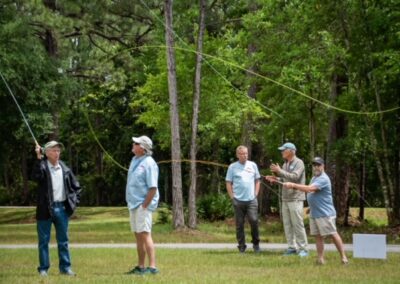
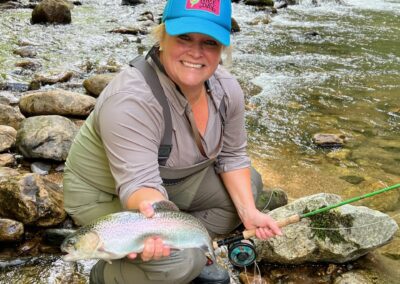

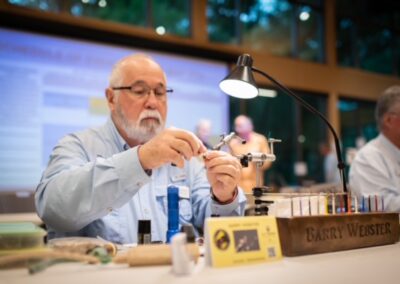
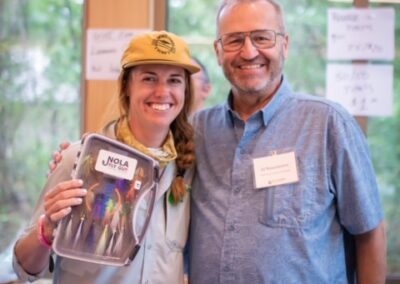

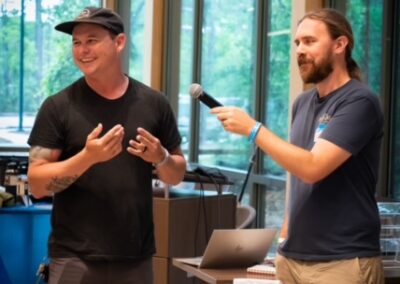
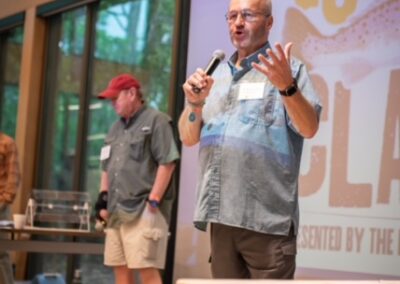
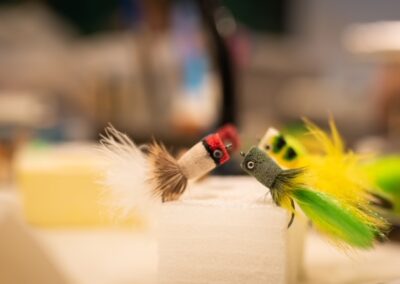


 I have sissy bars on my boat and I never considered myself a “sissy.” The word as a noun is defined as a “coward, a weakling, a cry baby” and Lord forbid “effeminate”. Well let’s see how this term has settled on us flat boat owners who have chosen to pimp our rides with these constructed devices. Do they make us look weak? I don’t think so. How about “cowardly?” Cowardly against what? Effeminate, really? Crybaby? Well maybe we have something here but not what you were expecting.
I have sissy bars on my boat and I never considered myself a “sissy.” The word as a noun is defined as a “coward, a weakling, a cry baby” and Lord forbid “effeminate”. Well let’s see how this term has settled on us flat boat owners who have chosen to pimp our rides with these constructed devices. Do they make us look weak? I don’t think so. How about “cowardly?” Cowardly against what? Effeminate, really? Crybaby? Well maybe we have something here but not what you were expecting.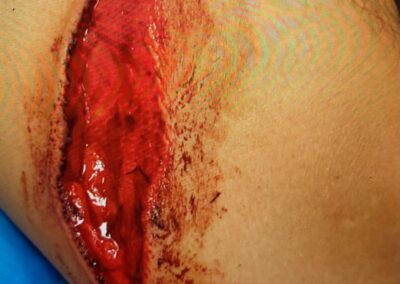
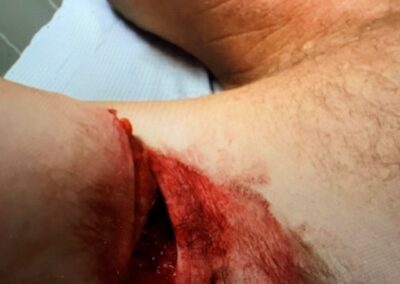
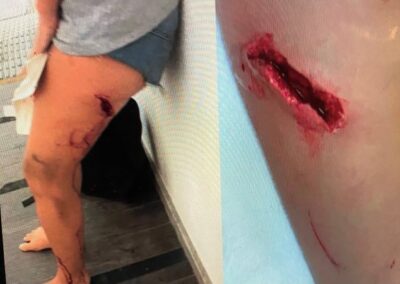
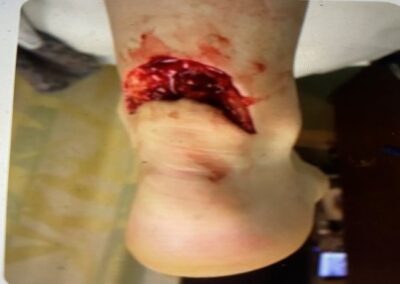






 Dr. Dino Frangos has satisfied the requirements to become a Level 1 Examiner for FFI for testing and casting certification. Dino just finished a testing in Denver for CCI candidates and is now in a position to move to a Level II Examiner. Gulf Coast Fly Fishing School wants to congratulate Dr. Frangos on his achievement, his contribution to the FFI.
Dr. Dino Frangos has satisfied the requirements to become a Level 1 Examiner for FFI for testing and casting certification. Dino just finished a testing in Denver for CCI candidates and is now in a position to move to a Level II Examiner. Gulf Coast Fly Fishing School wants to congratulate Dr. Frangos on his achievement, his contribution to the FFI.